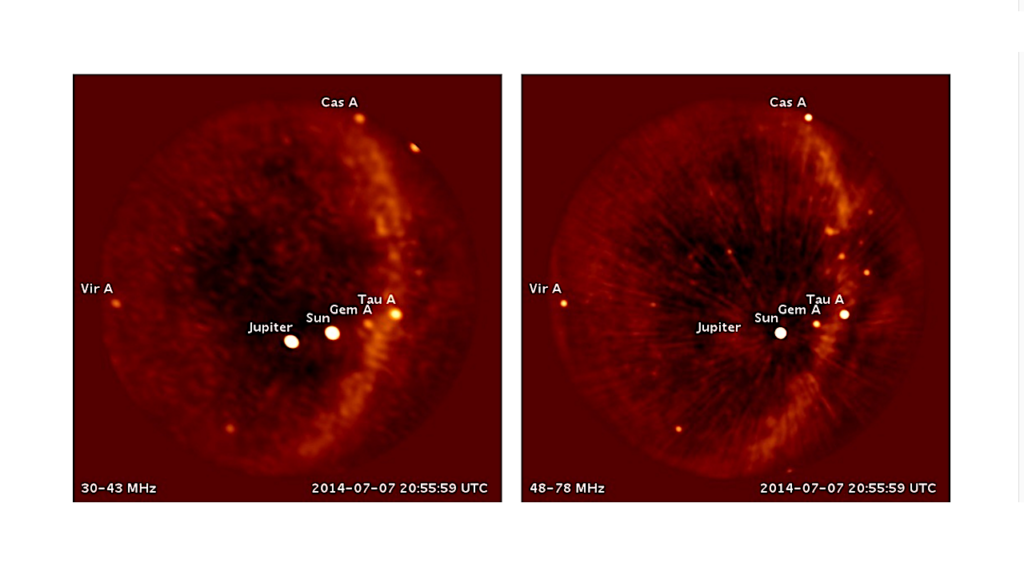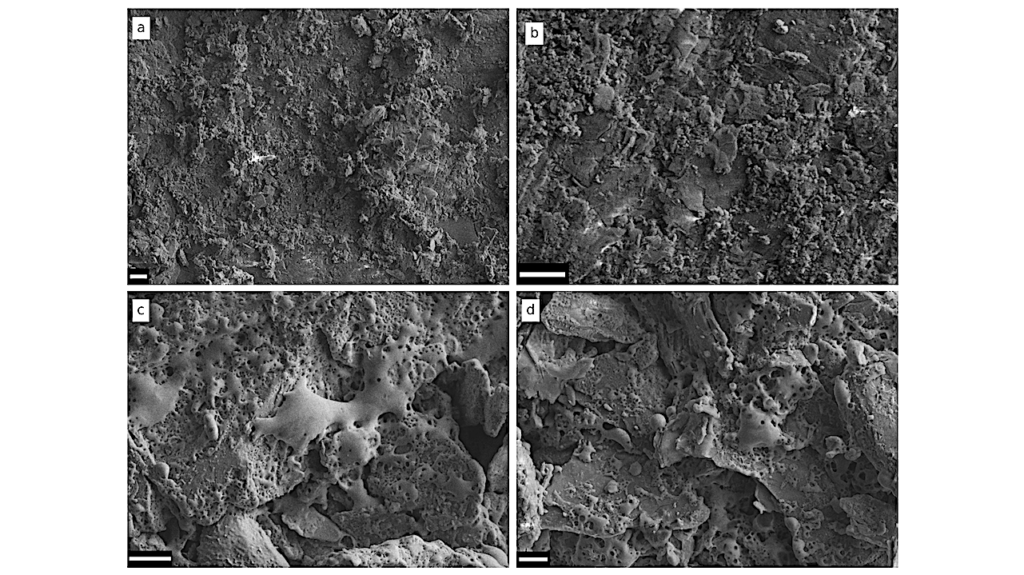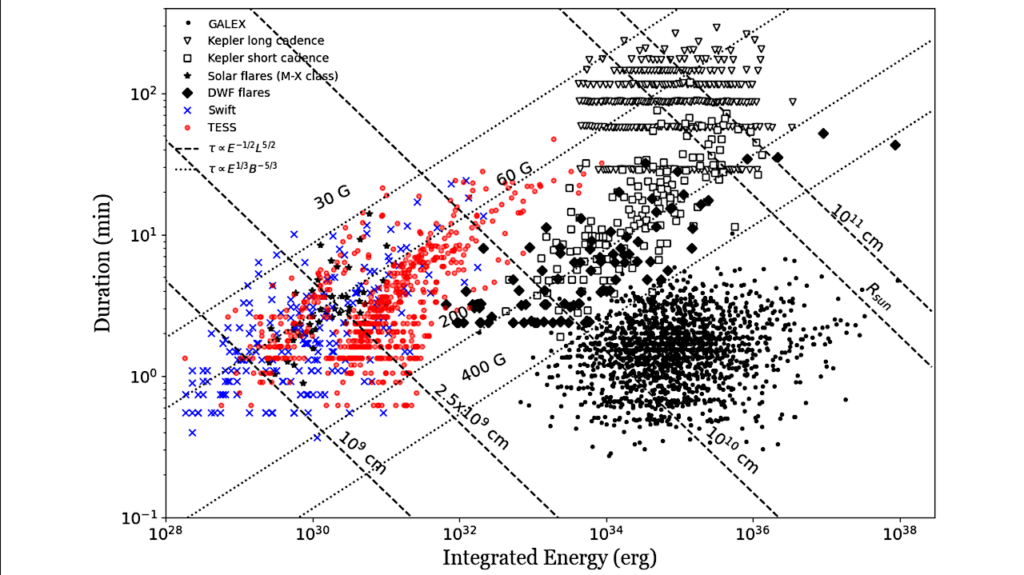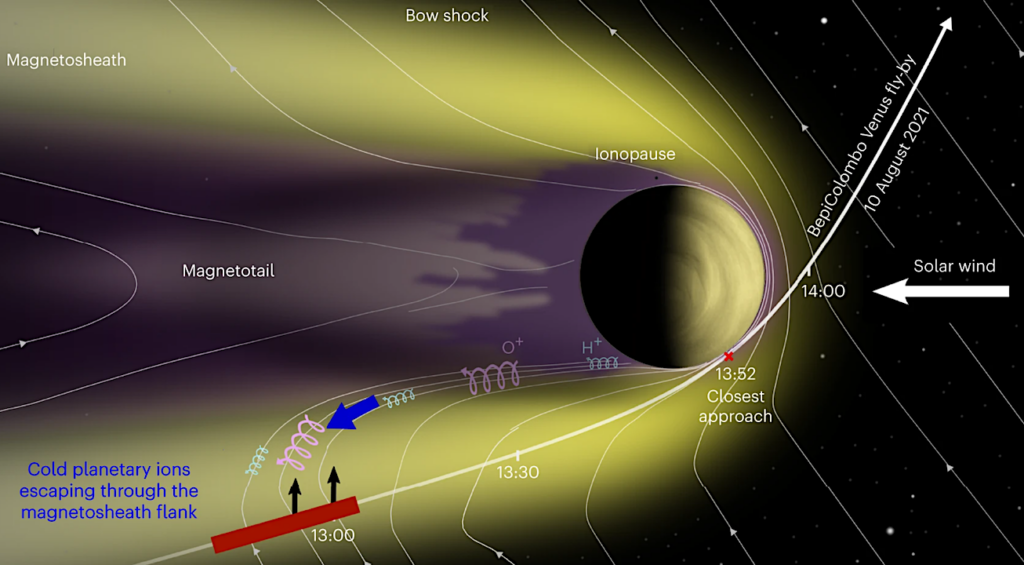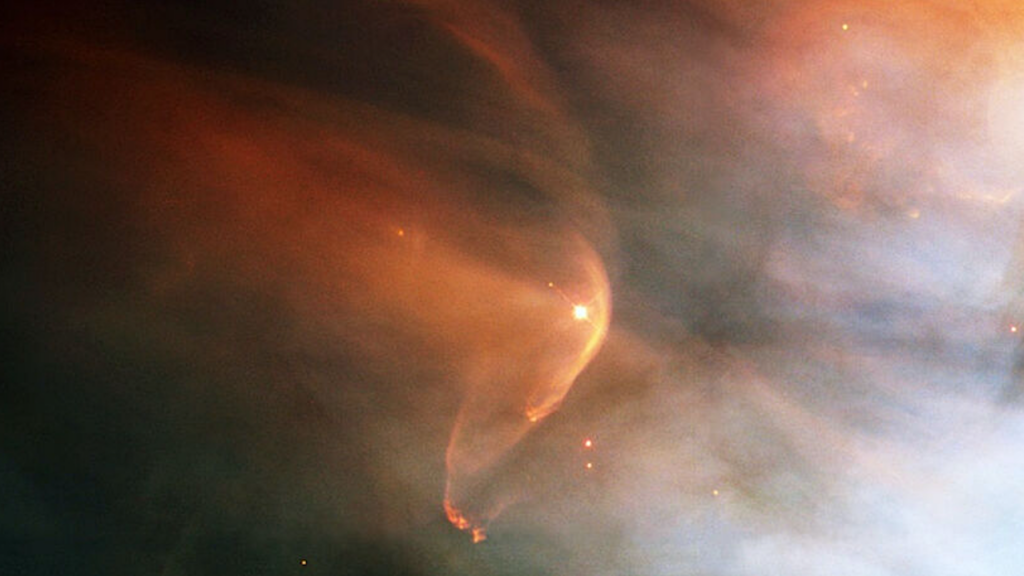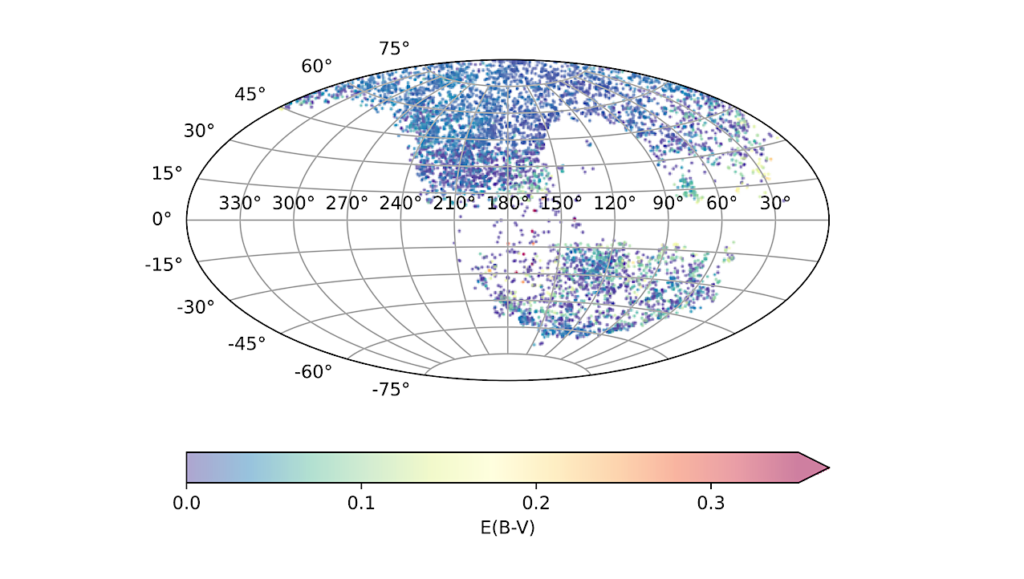TESS observations of flares and quasi-periodic pulsations from low mass stars and potential impact on exoplanets

We have performed a search for flares and Quasi-Periodic Pulsations (QPPs) from low mass M dwarf stars using TESS 2 min cadence data.
We find seven stars which show evidence of QPPs. Using Fourier and Empirical Mode Decomposition techniques, we confirm the presence of 11 QPPs in these seven stars with a period between 10.2 and 71.9 min, including an oscillation with strong drift in the period and a double-mode oscillation. The fraction of flares we examined which showed QPPs (7 percent) is higher than other studies of stellar flares, but is very similar to the fraction of Solar C-class flares. Based on the stellar parameters taken from the TESS Input Catalog, we determine the lengths and magnetic field strengths of the flare coronal loops using the period of the QPPs and various assumptions about the origin of the QPPs.
We also use a scaling relationship based on flares from Solar and Solar-type stars and the observed energy, plus the duration of the flares, finding that the different approaches predict loop lengths which are consistent to a factor of ∼2. We also discuss the flare frequency of the seven stars determining whether this could result in ozone depletion or abiogenesis. Three of our stars have a sufficiently high rate of energetic flares which are likely to cause abiogenesis. However, two of them are also in the range where ozone depletion is likely to occur. We speculate on the implications for surface life on these stars and the effects of the loop lengths and QPPs on potential exoplanets in the habitable zone.
Gavin Ramsay (Armagh), Dmitrii Kolotkov (Warwick), J. Gerry Doyle (Armagh), Lauren Doyle (Warwick)
Comments: Accepted for publication in Solar Physics
Subjects: Solar and Stellar Astrophysics (astro-ph.SR); Earth and Planetary Astrophysics (astro-ph.EP)
Cite as: arXiv:2108.10670 [astro-ph.SR] (or arXiv:2108.10670v1 [astro-ph.SR] for this version)
Submission history
From: Gavin Ramsay
[v1] Tue, 24 Aug 2021 12:19:12 UTC (1,135 KB)
https://arxiv.org/abs/2108.10670
Astrobiology


